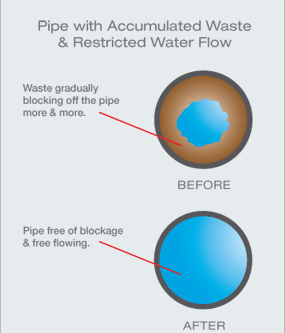This is How Septifix Tablet Help to Get Legitimate fix in 3days. We live In a small rural town in Connecticut, my family and I had been living in this farmhouse for generations. We had always taken great pride in maintaining Our property as anyone else, including our septic tank system. However, one summer, the septic tank began to show signs of trouble.
It started with a foul odor emanating from the ground near the septic tank. We initially dismissed it as a temporary issue, but soon the smell intensified, and we began to notice other problems. Water was backing up into the house, and the grass around the septic tank area had turned a dark shade of green.
Note this is honest Septifix Reviews Click Here To Visit SEPTIFIX Official Website
That is when we knew we had to act fast to prevent the septic tank from causing more damage. We contacted a licensed septic tank service, and a technician came out to inspect the system. The technician found that the tank had reached its capacity and needed to be pumped immediately.
We were relieved to hear that the problem was not more severe, but we were still concerned about the damage caused by the overflowing tank. The technician suggested we use a bacterial treatment to help restore the bacterial balance in the tank and prevent further backups. That is when we get aware of the septifix tablet it come inform of six tablet
……….Click Here To Visit SEPTIFIX Official Website…….
Over the next few weeks, we diligently followed the technician’s advice. We had the tank pumped, and We introduce septifix tablet the bacterial treatment. And within 3 days The grass around the tank slowly returned to its natural color, and the odor dissipated.
We learned a valuable lesson about the importance of regular septic tank maintenance with septifix tablet the bacterial treatment. We realized that our system was not invincible and required proper care to function correctly. We began to invest in regular pumping and bacterial treatments to prevent future problems.
In the end, My family and I’ quick action and willingness to follow the technician’s advice prevented further damage to Our septic system and our home. We were grateful for the technician’s expertise and the effectiveness of the septifix tablet the bacterial treatment in restoring our septic tank’s health. We knew that investing in regular maintenance would save us money in the long run and prevent future problems.
We get Legitimate fix in 3days Click Here To Visit SEPTIFIX Official Website








